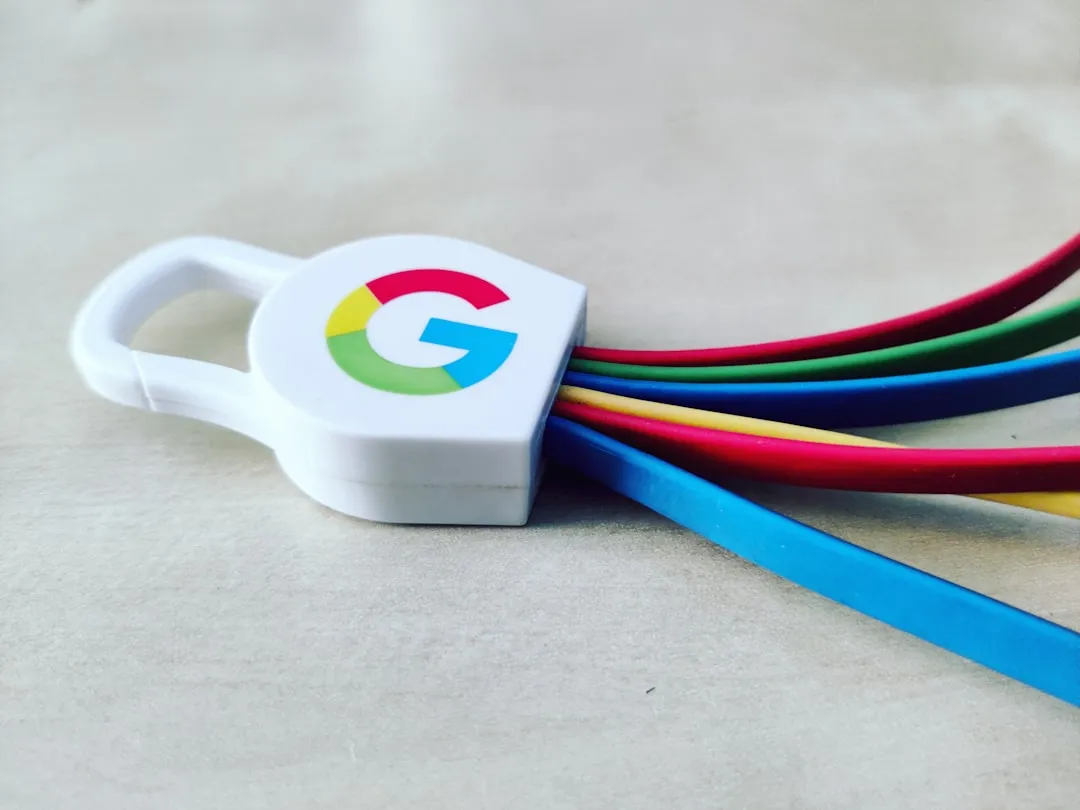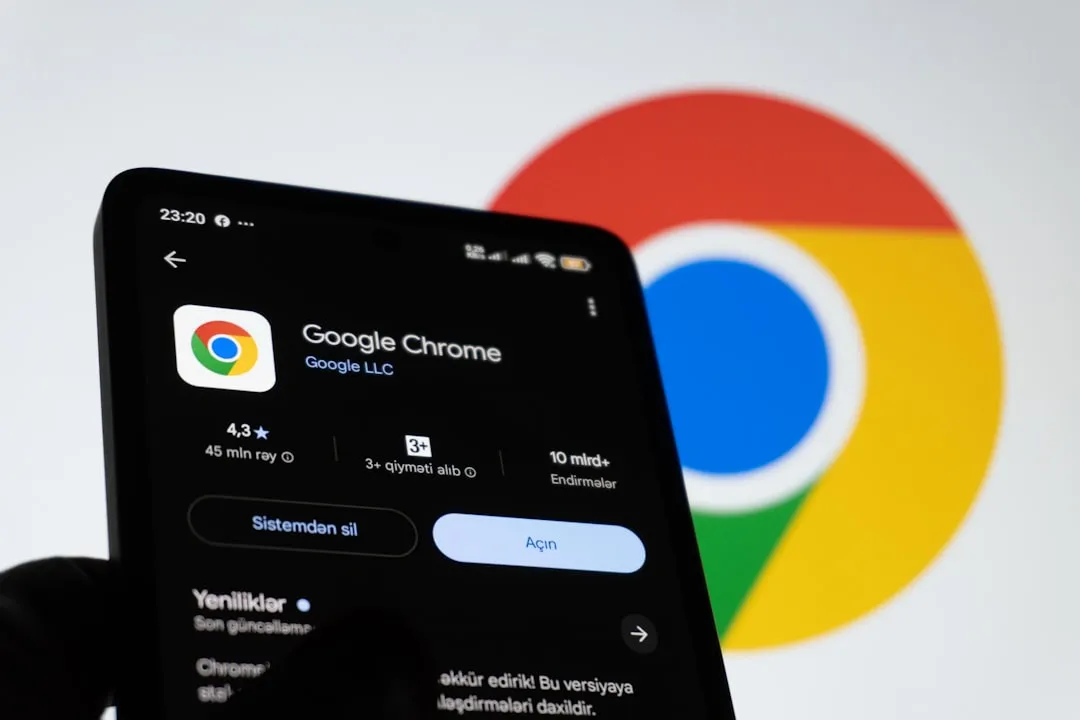If you'd asked me a few months ago whether Apple would ever officially support Android app development using Swift, I would have laughed. Yet here we are in late 2025, and that once-unthinkable scenario is real. Apple just unveiled the ability to build Android apps using Swift, its own programming language. Wild.
This is more than a technical milestone, it reshapes the economics of mobile work. When teams share core business logic, data models, and networking layers across platforms, you start seeing 40 to 60 percent reductions in development overhead for many apps. Apple has released the first preview version of the Swift SDK for Android, according to MacRumors: https://www.macrumors.com/2025/10/26/developers-can-make-android-apps-with-swift/. Not a community hack, not a sketchy workaround, official tooling for building native Android apps with Swift.
The launch follows months of dedicated work by the Android Workgroup within the Swift open-source project, as reported by India Today: https://www.indiatoday.in/technology/news/story/apple-and-google-make-a-swift-move-closer-letting-developers-build-android-apps-with-ease-2808914-2025-10-27. Platform boundaries, long treated as strategic walls, are turning into implementation details. That is the tectonic shift.
What makes this Swift SDK release so significant?
Short version, it turns Swift on Android from a science project into a supported path. The SDK lets programmers build Android apps using Swift with official tools and workflows, India Today explains: https://www.indiatoday.in/technology/news/story/apple-and-google-make-a-swift-move-closer-letting-developers-build-android-apps-with-ease-2808914-2025-10-27.
Killing off community workarounds removes a business risk that haunted cross-platform teams for years. Those fragile third-party frameworks and custom toolchains broke with Swift updates, piled on technical debt, and often required a full-time firefighter to keep the lights on. Official support flips the script, from maintenance liability to strategic advantage.
One number jumped out at me, more than 25 percent of Swift Package Index libraries are already marked as compatible with Android, The Hans India reports: https://www.thehansindia.com/amp/tech/apple-and-google-bridge-platforms-swift-sdk-for-android-simplifies-cross-platform-app-development-1018070. That means a sizable ecosystem is ready on day one. Think networking, data persistence, authentication, business logic. Plug in packages you already trust and ship faster.
There is a hiring angle too. Teams can bring on Swift developers and expand platform coverage without running two entirely separate skill tracks. That changes how org charts get drawn.
How does the technical integration actually work?
The architecture shows why this attempt lands where others stumbled. The SDK includes swift-java, which automatically generates bindings between Swift and Java, MacRumors details: https://www.macrumors.com/2025/10/26/developers-can-make-android-apps-with-swift/. It handles the gnarly job of letting Swift code talk to Android's Java-based APIs and frameworks.
Memory models are the classic gotcha. Swift uses Automatic Reference Counting, Java relies on garbage collection. The swift-java bridge manages ownership transfers and keeps you away from leaks and crashes that used to pop up like whack-a-mole.
The Swift SDK for Android is available in nightly preview and is bundled with the Swift for Windows installer, or as separate downloads for Linux and macOS, the same source confirms: https://www.macrumors.com/2025/10/26/developers-can-make-android-apps-with-swift/. That multi-platform approach matches how Android teams actually work, not everyone is on a Mac.
To help developers ramp up, Apple and the Android Workgroup have published comprehensive documentation, a Getting Started guide, and multiple sample projects, The Hans India notes: https://www.thehansindia.com/amp/tech/apple-and-google-bridge-platforms-swift-sdk-for-android-simplifies-cross-platform-app-development-1018070. These examples show how to share business logic while tuning the UI for each platform, which is the sweet spot for real apps.
What's driving this cross-platform push?
The momentum behind Swift on Android reflects a broader shift in how platform companies treat developer ecosystems. The Android Workgroup emphasizes that the project builds on years of community-driven effort, according to The Hans India: https://www.thehansindia.com/amp/tech/apple-and-google-bridge-platforms-swift-sdk-for-android-simplifies-cross-platform-app-development-1018070.
Announced on June 25, 2025, the working group set out to make Android an officially supported Swift platform, as detailed by MacRumors: https://www.macrumors.com/2025/06/27/swift-to-support-android-app-development/. Its remit covers compiling and running Swift on Android without unofficial patches, upgrading standard libraries for Android compatibility, and providing native tools and workflows, the same source explains: https://www.macrumors.com/2025/06/27/swift-to-support-android-app-development/.
Why would Apple back this? Strengthening Swift strengthens Apple's overall developer gravity. If the language becomes indispensable, platform preference often fades into the background. Classic platform play.
Compare that to the old days, when Android with Swift meant third-party options like Scade or custom toolchains that were brittle and expensive to maintain. Productivity and code reuse now beat platform exclusivity in most boardrooms.
Where do we go from here?
This preview feels like the opening act, the part where the curtains finally pull back. Over the next 18 to 24 months, team structures and budgets will adjust. The Android Workgroup is gathering input from developers and drafting a vision document to guide Swift on Android, Swift.org announces: https://swift.org/blog/nightly-swift-sdk-for-android/.
The group remains open for anyone to join, creating a path for developers to influence how Swift grows on Android, India Today reports: https://www.indiatoday.in/technology/news/story/apple-and-google-make-a-swift-move-closer-letting-developers-build-android-apps-with-ease-2808914-2025-10-27. An open governance model means the roadmap can reflect actual needs, not just corporate positioning.
This preview release opens new opportunities to keep improving these tools, according to Swift.org: https://swift.org/blog/nightly-swift-sdk-for-android/. If you are ready to experiment, the documentation and sample projects give you a sturdy on-ramp.
PRO TIP: If you are diving into Swift for Android, start with shared business logic and data layers, not UI. The biggest ROI comes from eliminating duplicate API clients, authentication systems, and core business rules, spots where Swift's type safety and performance shine.
The ripple effects will go beyond single apps. Expect new roles, Swift platform engineers who think cross-platform by default, and consulting practices built around Swift-led mobile strategies. Universities and bootcamps will rethink curricula. Enterprises will make calls about consolidating mobile stacks.
What excites me most is how developer-driven momentum got us here. The Swift community spotted the need, built early solutions, then nudged major platform players into official support. Grassroots to enterprise. It suggests an era where developer productivity can overrule platform politics, which is a good day for the entire mobile ecosystem.
























Comments
Be the first, drop a comment!